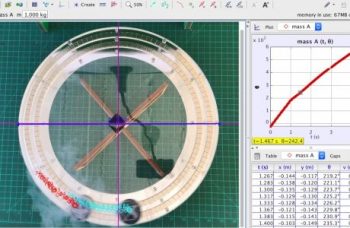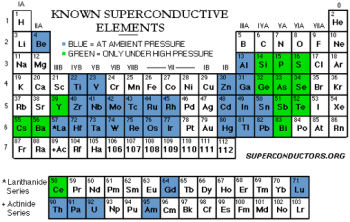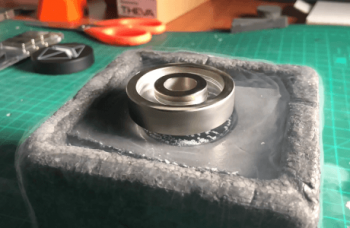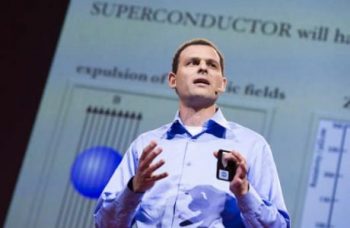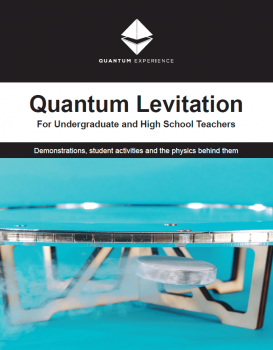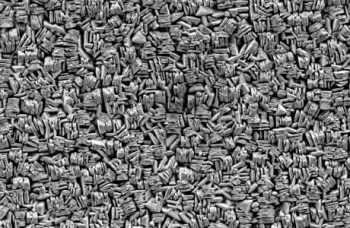Author posts QuantumLevitation
QuantumLevitation
http://quantumlevitation.comQuantum Levitation has dazzled millions of people via major TV networks, the TED conference live and online, and in universities and schools around the world. But we haven’t just created a sophisticated demo for audiences to view; we developed our...
In 1911, Dutch physicist and Nobel Laureate Heike Kamerlingh Onnes discovered that when you cool the element mercury (Hg) in liquid helium to a temperature of -270°C (-454°F) , it exhibits a phenomenon of zero electrical resistance, which he then called superconductivity. For...
Can we store energy using Superconductors? Yes. There are two superconducting properties that can be used to store energy: zero electrical resistance (no energy loss!) and Quantum levitation (friction-less motion). Magnetic Energy Storage (SMES) Storing energy by driving currents inside...
Do we understand what makes a superconductor? Yes, but not entirely. The phenomenology (or the quantitive description of the phenomenon) of superconductivity was quickly developed after first discovered in 1911 (e.g. by London, Abrikosov, Meissner) and scientists could soon describe...
We are happy to offer teachers and educators “Quantum Levitation Booklet", a complete experiment guide that includes theoretical background, quantitive experiments, data analysis and much more. The "Quantum Levitation Booklet" was designed for the Ultimate Classroom Kit.Download Now
YBa2Cu3O7-x crystal images take in Tel-Aviv University using a scanning electron microscope (SEM) Mag x10K Mag x12K Mag x100K Mag x134K
Certain materials, upon cooling below a certain temperature (aka the ‘critical temperature’ or Tc) lose their electrical resistance completely. The phenomena was discovered in 1910 by a Dutch physicist named Heike Kamerlingh Onnes who measured the resistance of Mercury at low...
